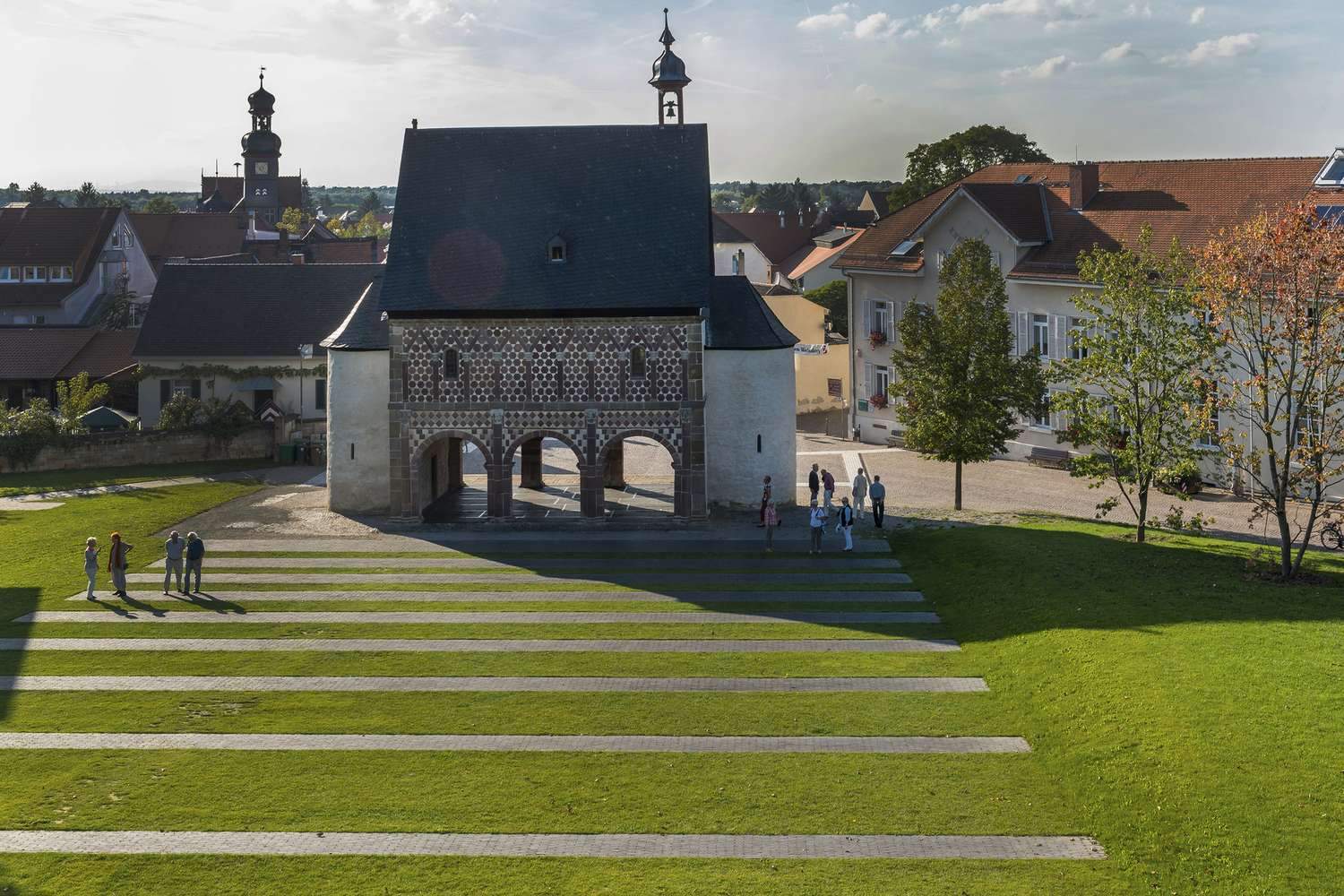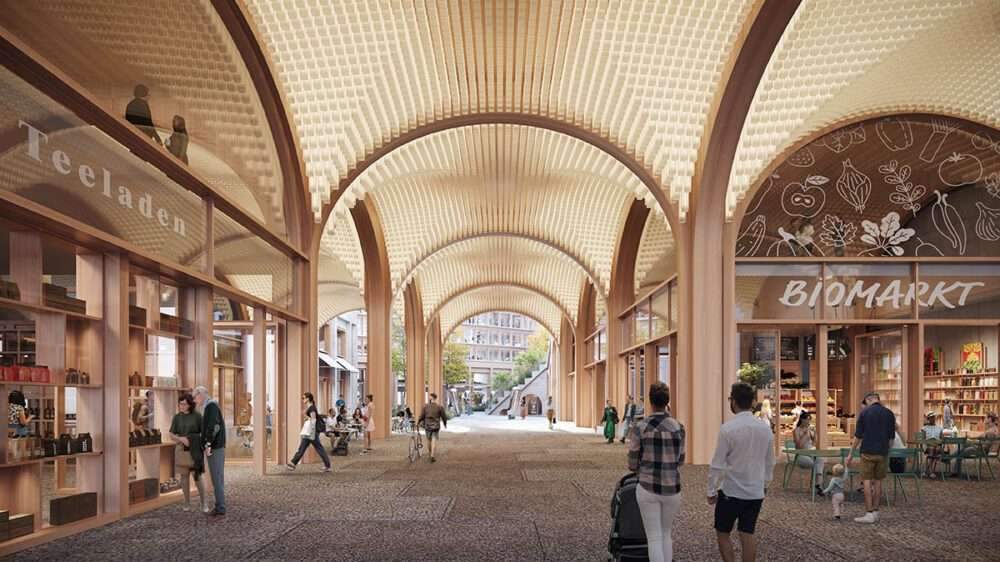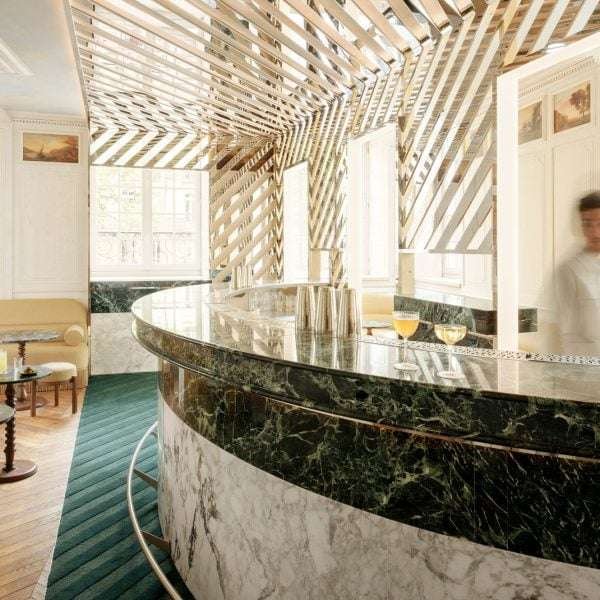UNESCO seeks to preserve cultural heritage,
Architecture has always centered on permanence and time by defining it with physical conditions,
where how we build is closely related to what we preserve and how we visualize the future.
UNESCO is an organization that continues to study the relationship between history,
growth, conservation and change, promoting international cooperation in education, the arts, sciences and culture.
With architecture, landscapes and cities under threat from the climate crisis and upheaval,
the cultural context becomes paramount.
UNESCO
It is the United Nations Educational, Scientific and Cultural Organization that seeks to build peace through international cooperation in education, science and culture.
Through its programs, it contributes to achieving the sustainable development goals set out in the 2030 Agenda,
which was adopted by the United Nations General Assembly in 2015.
A World Heritage site is a landmark or area that enjoys legal protection under an international agreement administered by UNESCO.
World Heritage Sites have been designated because they are of cultural, historical,
scientific or any other form of importance.
The following series of projects are built on or near UNESCO World Heritage sites,
and each explores what it means to promote awareness and understanding.
Persepolis Entrance pavilion Designed by the Alliance
It is a multifunctional open suite with an area of 200 square meters located at the entrance to the famous UNESCO World Heritage Site of Iran in Persepolis.
The model finding process is directed by an indirect modeling algorithm that deals
with the axial lines of space at its core, which indirectly guides model discovery and geometry.
Through this strategy, ‘intermediate surfaces’ are derived by controlling the axial lines eliminating direct control of the surface geometry.

Giant’s Causeway Visitor Center Designed by Heneghan Peng Architects
This project is located in the ridge line of the North Antrim coast at the entrance to the UNESCO World Heritage Site.
The proposal for the new visitor facilities can be understood as two slits in the landscape, one folding up to reveal the building and the other folding down to form a car park, protecting it from view of the approach road and coastal path.
Between the two folds, a slope leads to the restored coastal ridgeline at this site.

The Pearl Site Museum and Entrance Designed by Valerio Olgiati
The site contains ruins that are part of the UNESCO Pearl Trail, and the entire building serves as the entrance to the cultural heritage and the foyer of the city.
It is an urban room for the people of Muharraq the size of a public park, where the concrete elements have been placed along the boundaries of the property to form a new site in the densely populated city.
A large area was created with a forest of pillars and wind towers on a horizontal plate 10 meters above the ground.

Visitor Center for the UNESCO World Heritage Site Kinderdijk by M & DB Architecten
Kinderijk is the prime example of a Dutch mill landscape. In 1997 the set of mills and pump stations in the landscape was declared a UNESCO World Heritage Site.
The new visitor center is located halfway on the water and land to restore the long visible line running along the pier.
The design of the visitor center deconstructs the different flows of visitors and its subtle architectural language restores the identity of the landscape.

Blaye Tourist Office Designed by Gayet-Roger Architects
The new Blaye Tourist Office faces Vauban Castle, a UNESCO World Heritage Site.
The use of local stone was an obvious choice for the architects, who wanted an architecture that would engage with the history of their region thanks to the materials and knowledge of their use.
The project fits with ingenuity and conviction in a rich heritage context, without making any concessions to its contemporary design.

UNESCO seeks to preserve cultural heritage
UNESCO World Heritage Site Cloister Lorsch by Topotek 1
The “Lorsch Abbey” in southern Hesse was listed as a World Heritage Site in 1991.
The first monastery on the site was Altenmünster, which dates back to the reign of Pippin the Short.
A monastery was built nearby on huge ice dunes, with the monastery gaining both spiritual and economic influence.
The complex became an important center for the recovery of cultural memory and the inheritance of antiquity.

The Troy Museum by Allen Architects
The archaeological site of Troy was registered as a UNESCO World Heritage Site in 1998 due to its outstanding universal value as a site that witnessed various civilizations for more than 4,000 years.
It had a significant impact on the development of European civilization, arts, and literature over two millennia.
The Museum of Troy, located 800 meters from the site, honors this heritage and is a means of telling the rich history of the city of Troy in relation to its natural, cultural, artistic and archaeological context.

Salt Museum by Malcotti Roussey Architectes + Thierry Gheza
The Salins-les-Bain salt works have been closed since 1962, having been an important production site since the Middle Ages in the center of the French town of Franche Comté.
And when the competition for the restoration of the saltworks was announced in 2006, the city authorities had already set the goal of turning it into a monument to the history of local production.
Established as a UNESCO World Heritage Site, the site is not intended to be a salt museum but an open-air museum of local history.

Desert X AlUla Visitor Center Designed by KWY Studio
Some of the more prevalent structures found ubiquitous around Al-Ula are walled date plantations, usually rectangular in shape with large centrally aligned gates.
With palm crowns culminating above the sand-colored walls,
we can imagine the refreshing shade indoors, as a place where one could rest from the surrounding arid desert.

Located near Al-Ula, Hegra is the first UNESCO World Heritage Site in Saudi Arabia due to its ancient rock-cut tombs.
Zine Center Warar is a simple, square building, carefully secluded at the entrance to Hidden Canyon to welcome visitors to the first Desert X Al Ula exhibit.







